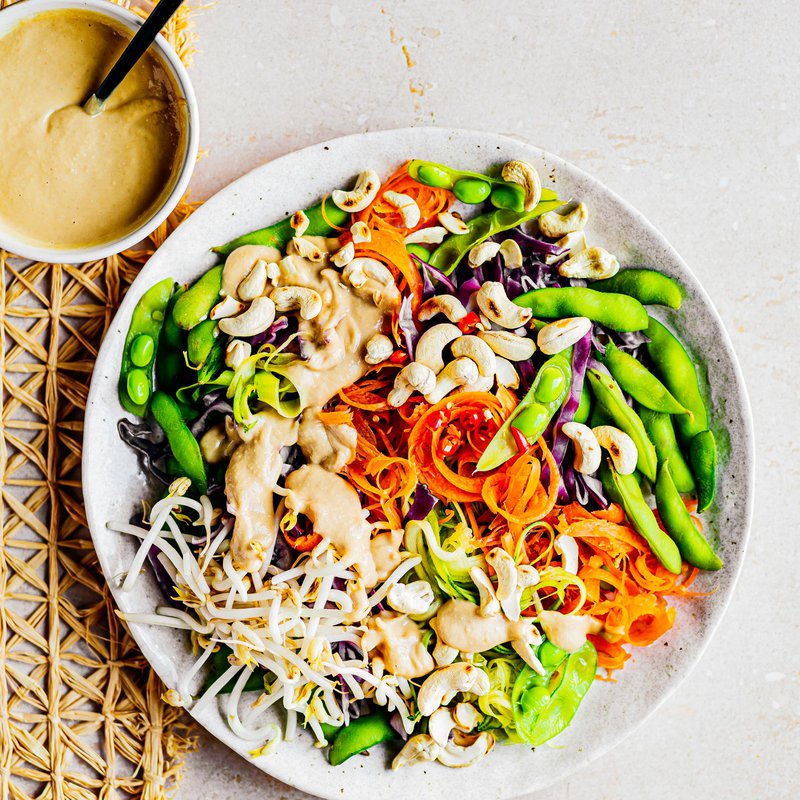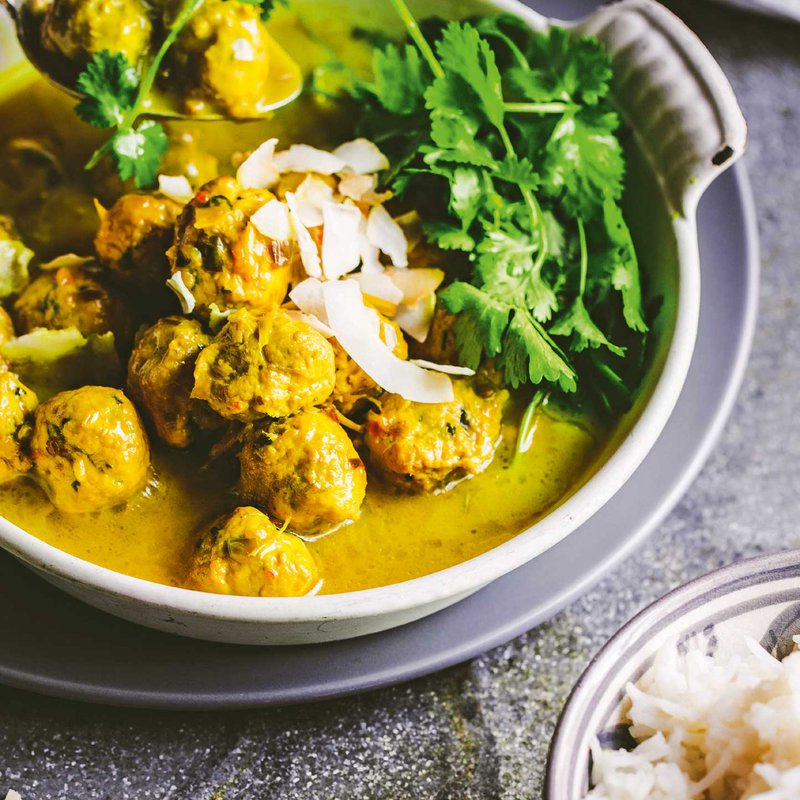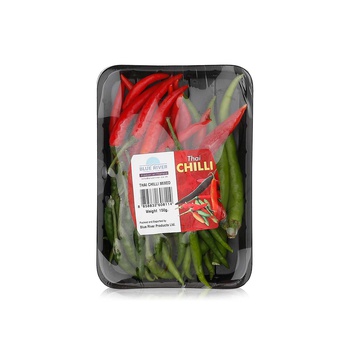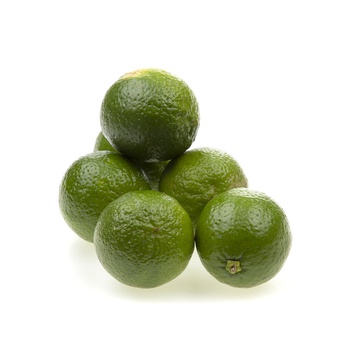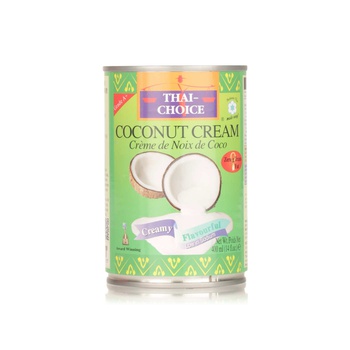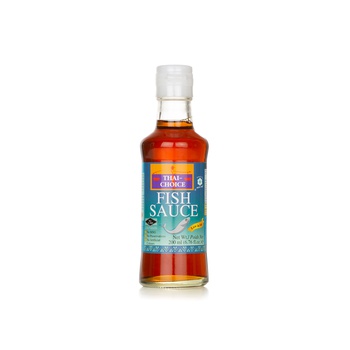People across Thailand will be soaking wet on 13 April as they celebrate the water festival of Songkran. The three-day celebration sees people playfully throwing water at each other before Thai New Year’s Day wraps up the party on 15 April. To mark this joyous occasion, we’ve rounded up the ingredients that form the foundation of Thai cooking, a rich and complex cuisine that treads a delicate and delicious path through spicy, sour, salty and sweet.
Coconut milk
High in protein, calories and fat, coconut milk lends a silky texture to soups and curries and lots of creamy flavour that can soften spice to suit your tastes. Made from mashing the flesh of coconuts which is then mixed with water, this popular milk comes in cans or cartons in both full or low-fat varieties.
Curry paste
We’re all pressed for time these days so instead of blending fresh ingredients with a pestle and mortar, save precious hours – and bicep fatigue – by buying a pre-made Thai cooking paste. Red or green are the two common types and contain essential ingredients such as galangal, lemongrass and coriander. The colour comes from either red or green chilli.
Limes
Thai cuisine is famous for its multitude of flavours but one ingredient that is able to cut through all the noise is lime. The juice from this little green fruit provides a zesty kick that elevates the taste profile of any dish. Squeeze it over grilled meat or fish or into a curry or soup to add an acidic punch of citrus. Alternatively, a wedge of lime served on top of a dish as a garnish provides an attractive flourish.
Chillies
A cornerstone of Thai cooking, chilli peppers bring their characteristic kick to many dishes, whether it’s a creamy curry or a sizzling noodle stir-fry. Many types of red and green varieties are used carefully to give a tingle of heat or a spot of sweetness where necessary. While fresh chillies are preferable for flavour, dried chillies work just as well. Look out for Thailand’s famous bird’s eye chilli which is often stir-fried whole or sliced.
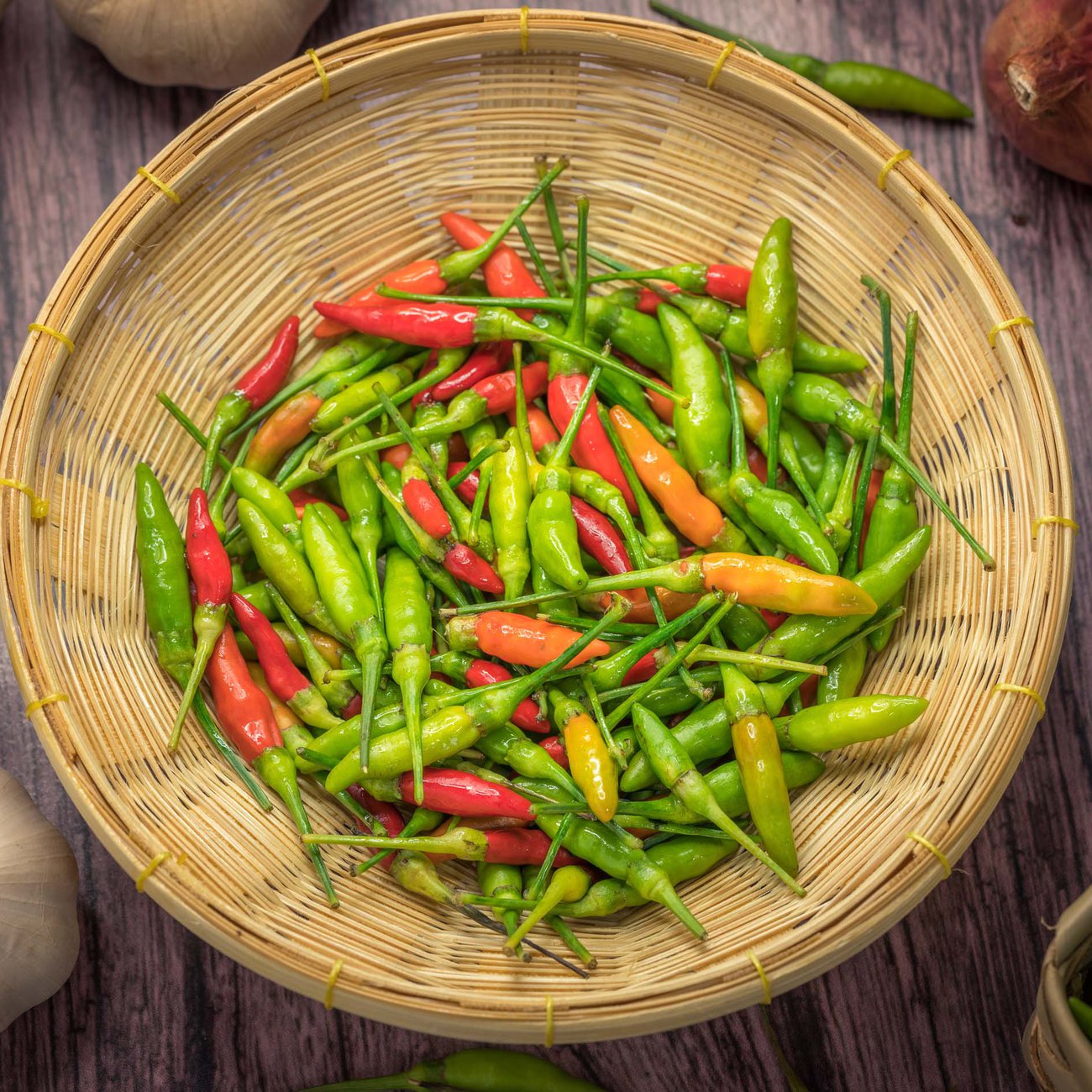
Bird's eye chillies
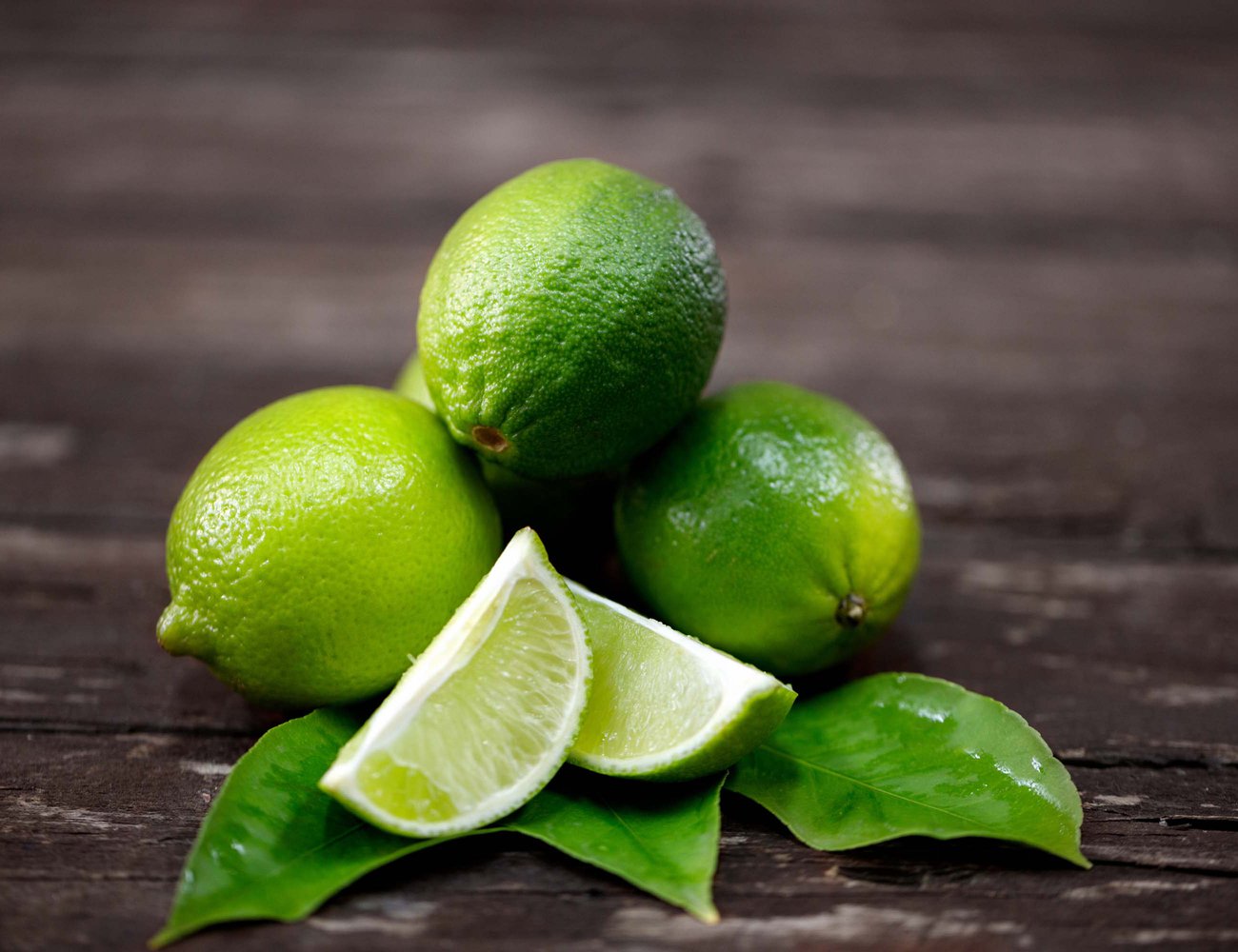
Limes
Aromatics
A heady fragrance is guaranteed with Thai cooking thanks to the exotic ingredients that fall under the category of aromatics. Garlic, ginger, red shallots and lime leaves are important items for anyone cooking a Thai meal to have in the larder. Also crucial is galangal, a sharp, tangy root with a pine-like perfume that looks like ginger. Lemongrass, meanwhile, carries a soft lemon flavour in its woody stalks and can aid digestion. A selection of herbs such as coriander, mint and Thai basil also bring fragrance and flavour. Be warned though, Thai basil is very different to Italian basil so don’t substitute one for the other.
Fish sauce
The salty kick that makes Thai food so addictive comes from fish sauce, a dark brown liquid that is made by fermenting anchovies in barrels of salty brine. Fish sauce can be added to seafood, salads and curries but has a high salt content so should be used moderately.

